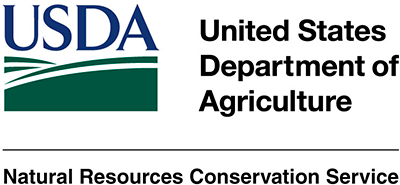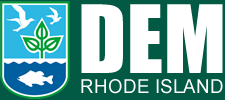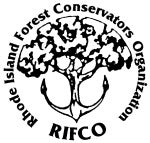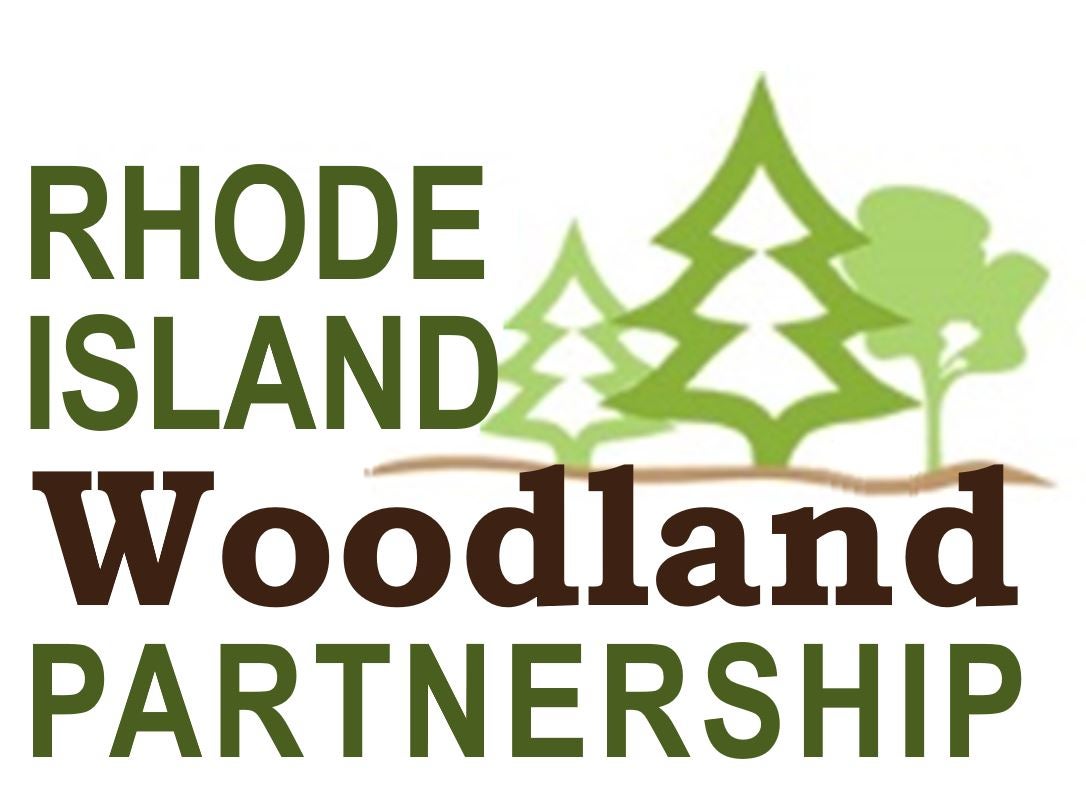If you are interested in determining who will own your land in the future, there are conservation-based estate planning tools that will help you achieve your goals.
Using the Type of Ownership to Determine the Future Owners
First, look at your deed
A great place to start your planning is by reading your deed, which lists your current form of ownership, and understanding the implications of this form of ownership. An estate planning attorney, land trust, or forester can help you find your deed. Without estate planning, the form of ownership listed on your deed will determine who will get your land when you pass away—and it might not be what you want to have happen with your land. For help finding your deed, work with your attorney or forester.
If your current form of ownership doesn’t meet your needs for passing on your land, meet with an estate planning attorney to learn about other options for the ownership of your land.
The various types of land ownership can be divided into two types: direct and indirect.
Direct Ownership
Direct ownerships are those in which a person or persons own the land directly. The names of the people who own the land are on the deed.
Direct ownerships are the most common form of land ownership. They are easy to set up and maintain, and all forms of direct ownership can be combined with land conservation tools. However, they do not provide protection for liability or a mechanism for the gradual transfer of land.
Land Ownership Agreements Land ownership brings with it many benefits (recreational use, income from forest management) and responsibilities (taxes, maintenance). These benefits and responsibilities can be complicated when there are multiple owners. To reduce the likelihood of disputes, landowners who co-own land may want to consider a land ownership agreement. A land ownership agreement is a contract between two or more persons who own a piece of property together which clarifies each owner’s rights and responsibilities. A land owner agreement can be a very helpful tool for making multiple person ownerships successful.
Indirect Ownership
Indirect ownerships are those in which land is owned by a legal entity rather than by a person.
Indirect ownership can be more complex to set up, but it does bring with it opportunities to protect individuals from liability, as well as the ability to gradually change or transfer the ownership, which can offer important tax benefits. Examples of indirect ownerships include partnerships, trusts, limited liability companies (LLCs).
Using wills to determine who will own the land
A will, also called a “last will and testament,” is the most commonly used estate planning tool. A will is a legally binding document that states how you want your assets distributed once you have passed away. Make sure your will includes provisions for your land. In order to be effective at passing your land by way of your will, you need to ensure that the way you own your land permits you to pass it by way of your will—and that your will is written in a way that ensures it will achieve your desired goals.
Sharing your goals in a legacy letter
If you are interested in keeping your land undeveloped, but donating it to a conservation organization or placing an easement on it doesn’t meet your goals, an informal option would be to communicate your intention for the future of the land through a legacy letter. A legacy letter—which can be attached to your will to provide additional information—is written to your beneficiaries and is intended to share your knowledge, beliefs, values, and hopes.
Protecting your Legacy: A Rhode Island landowner’s guide to conservation-based estate planning (PDF publication available for download)






